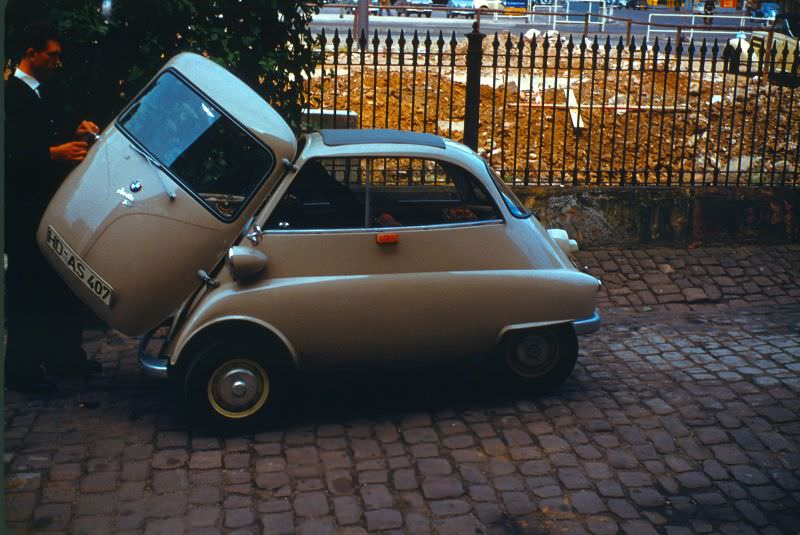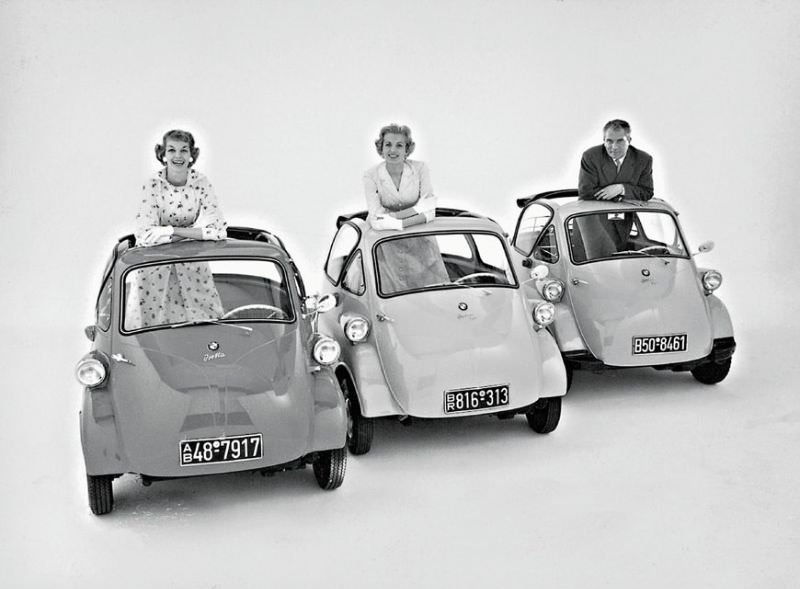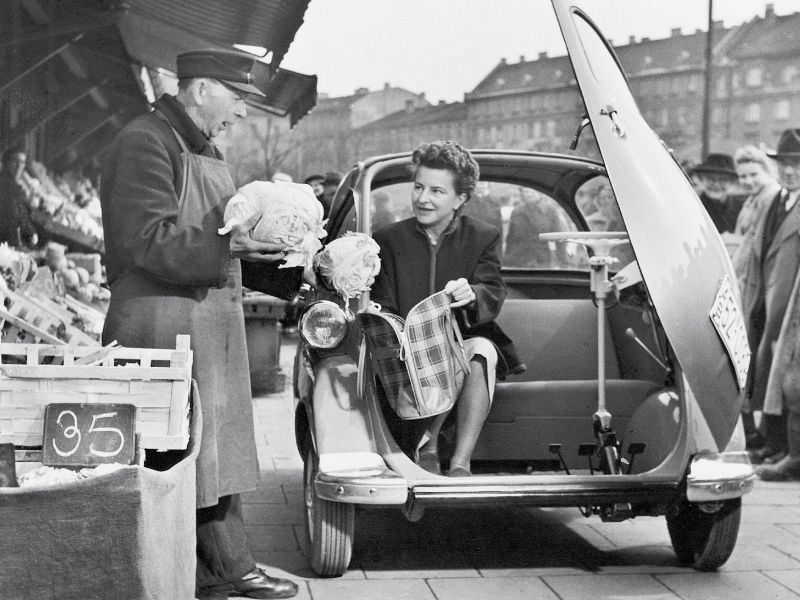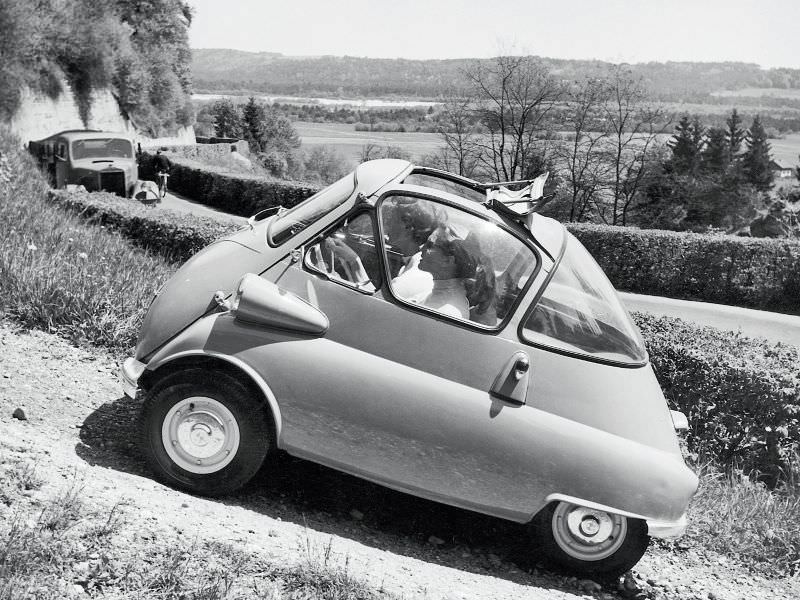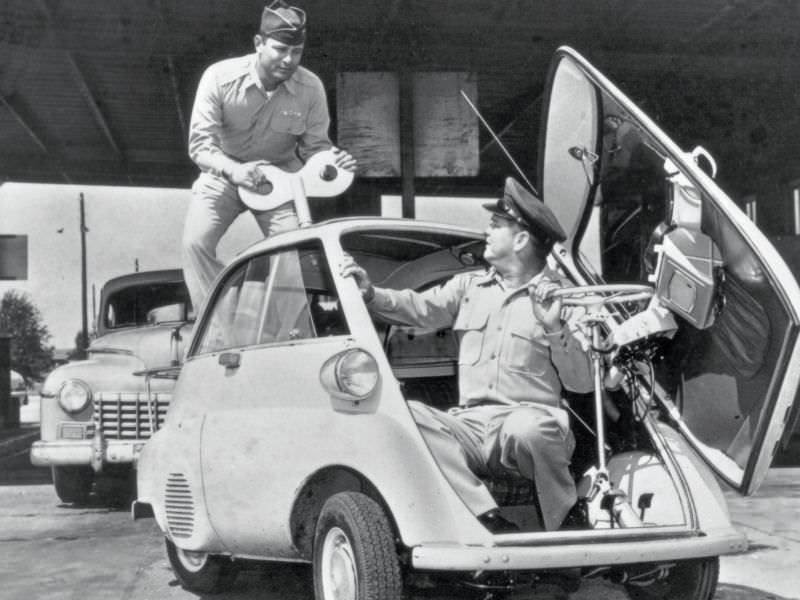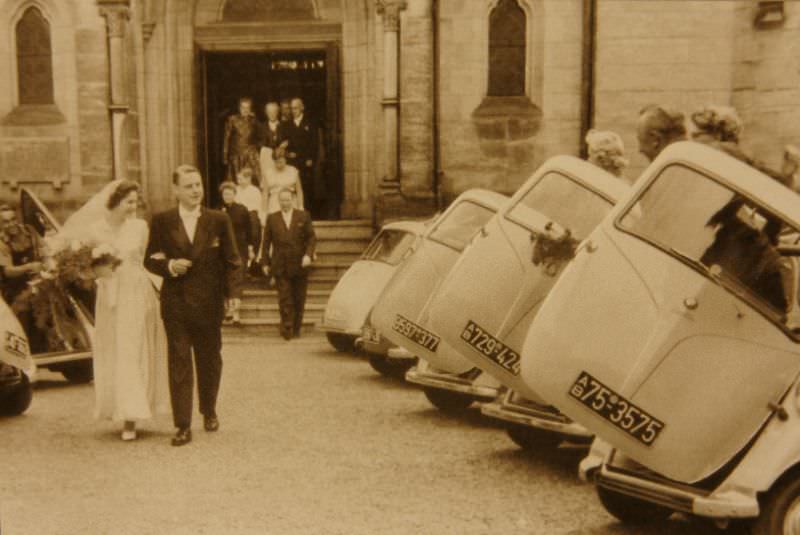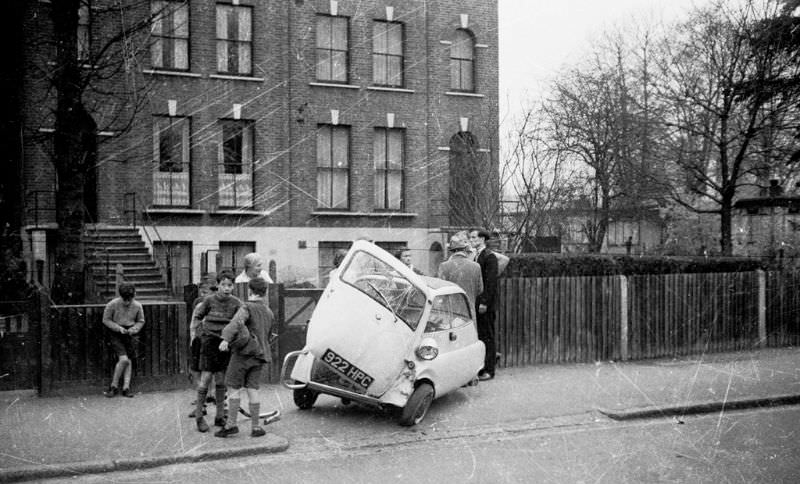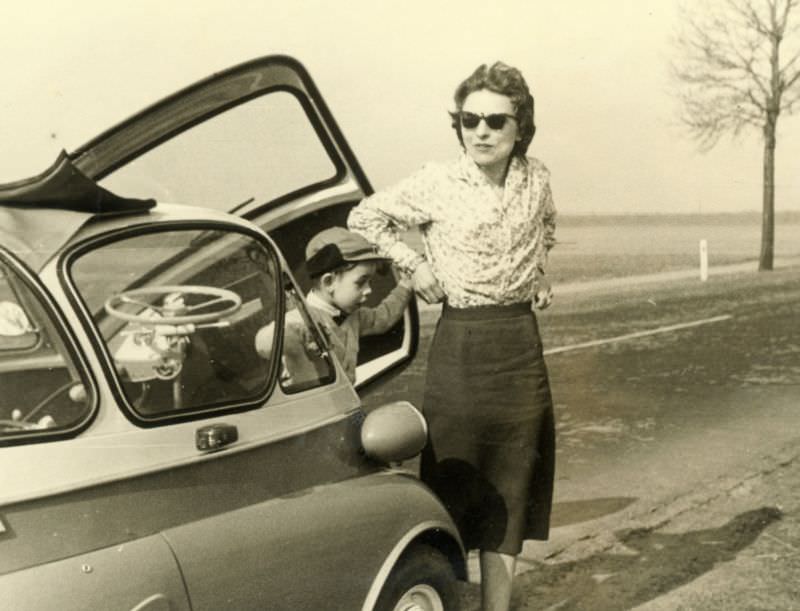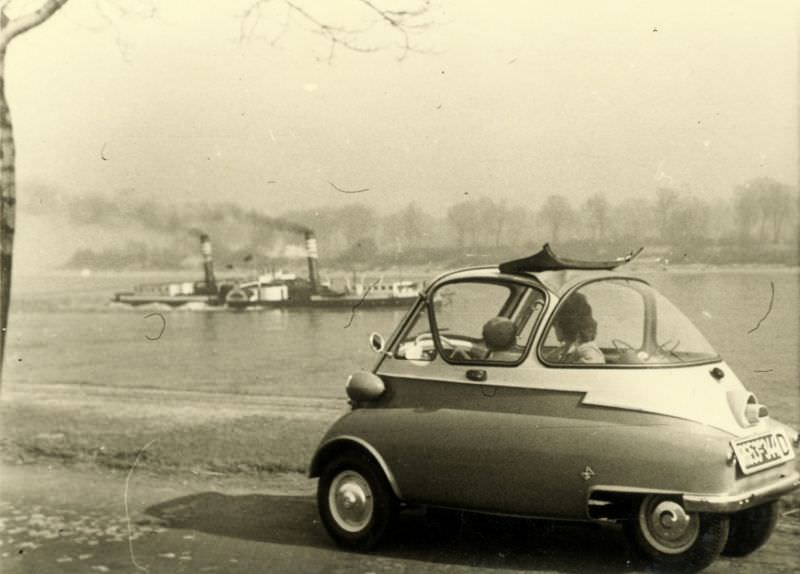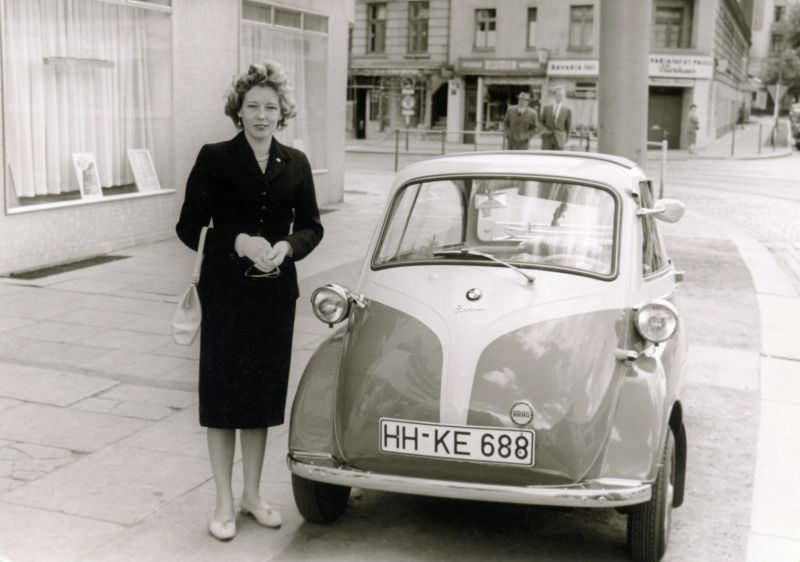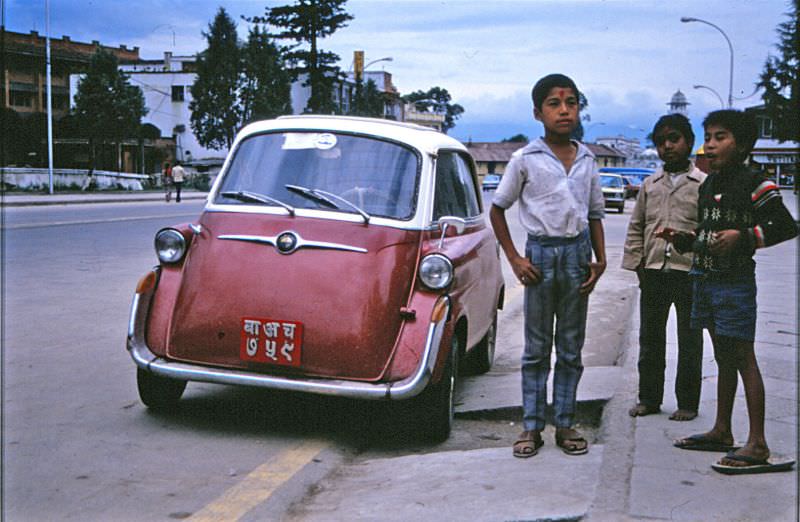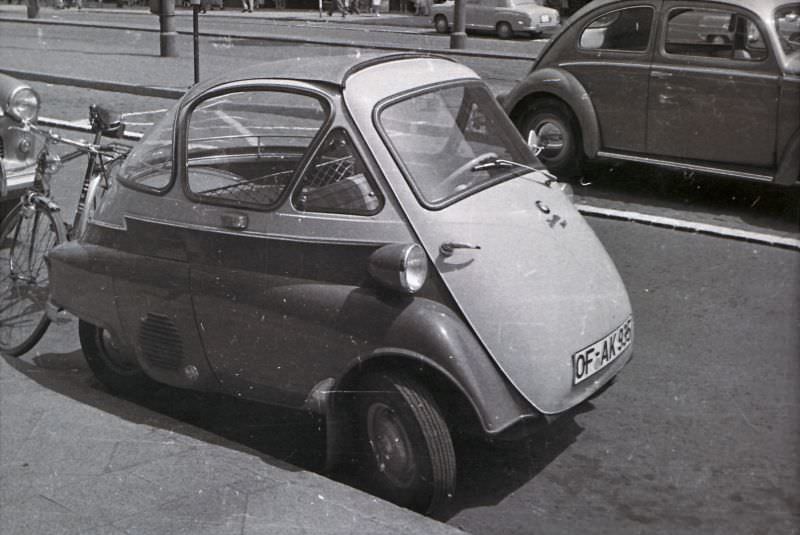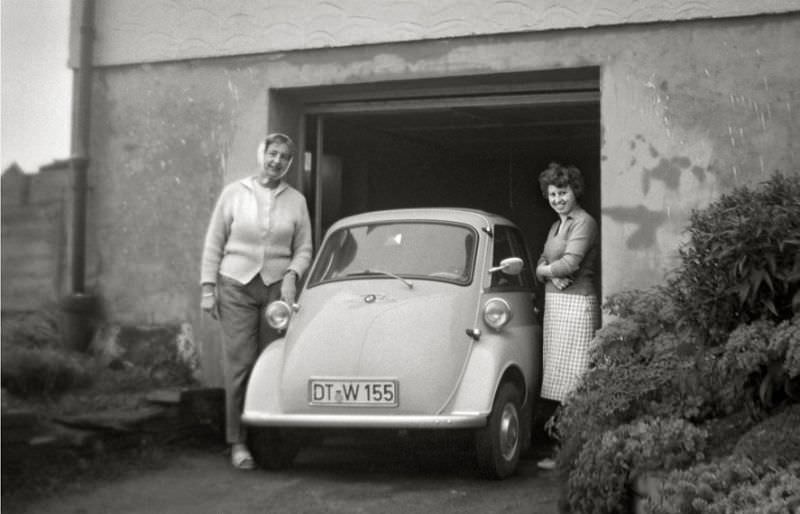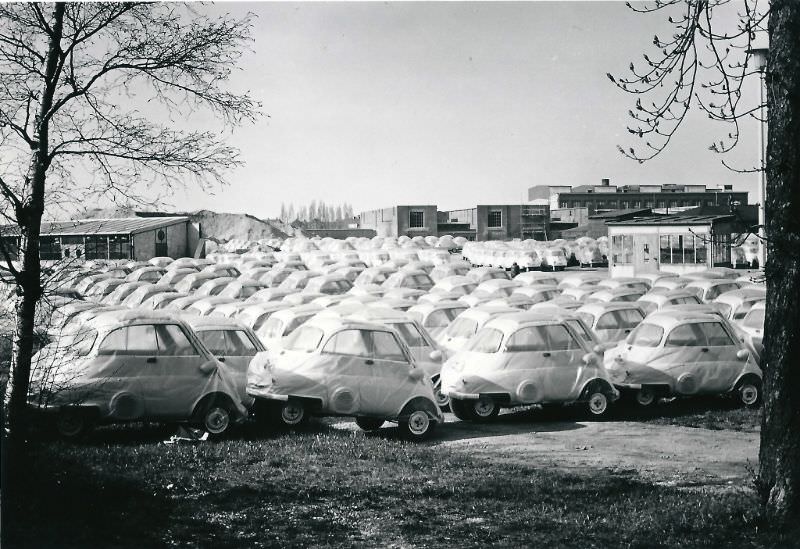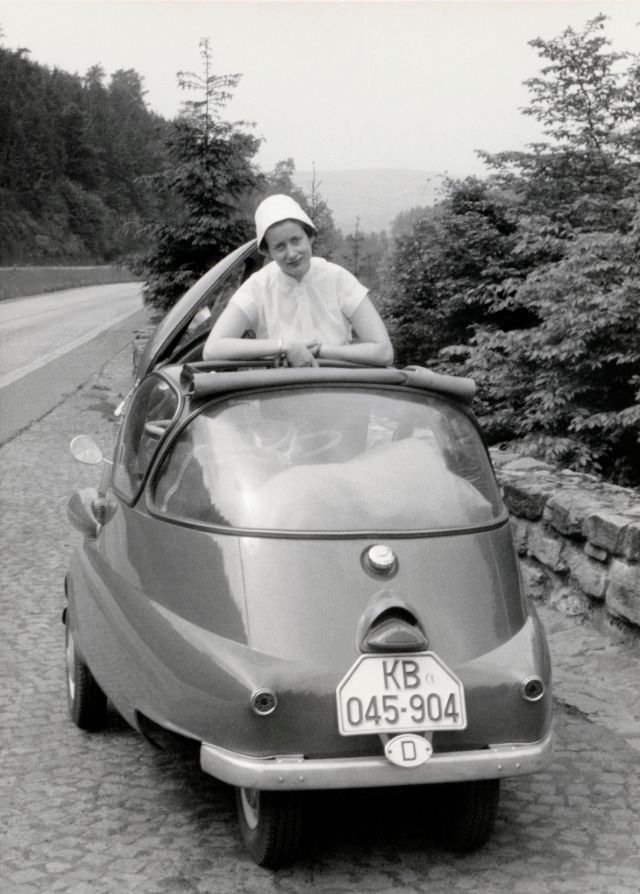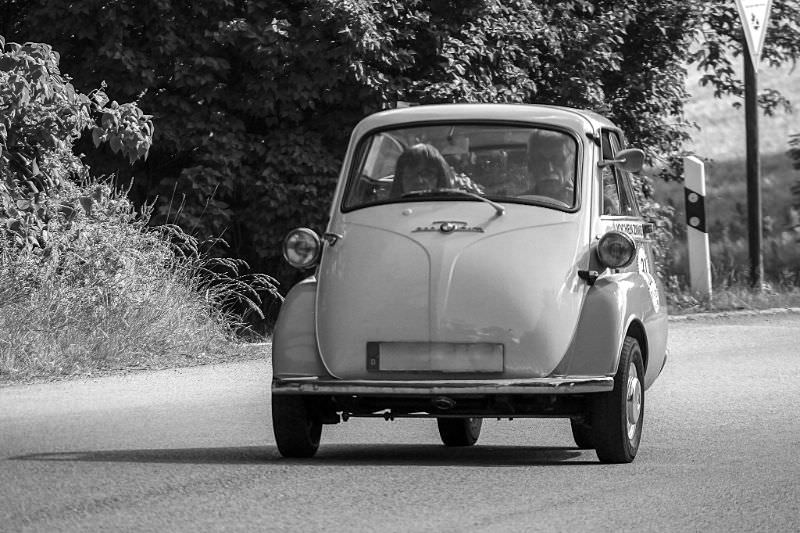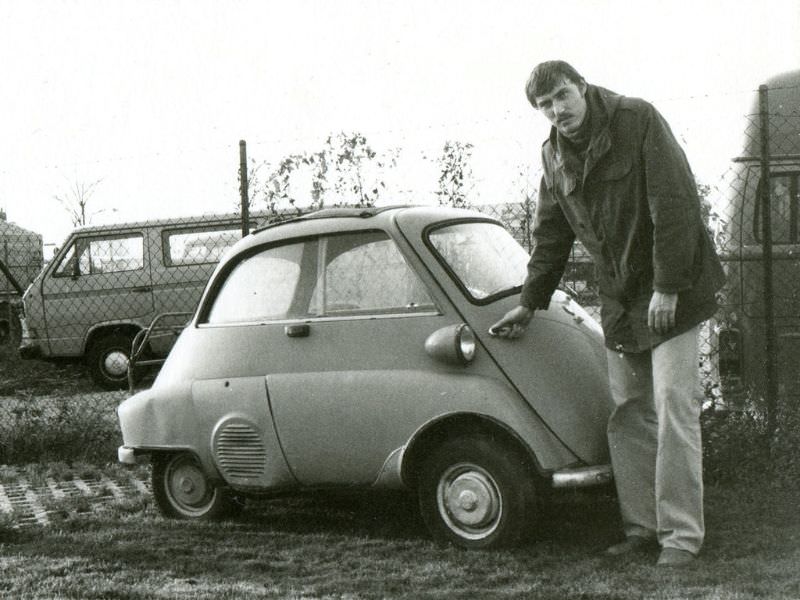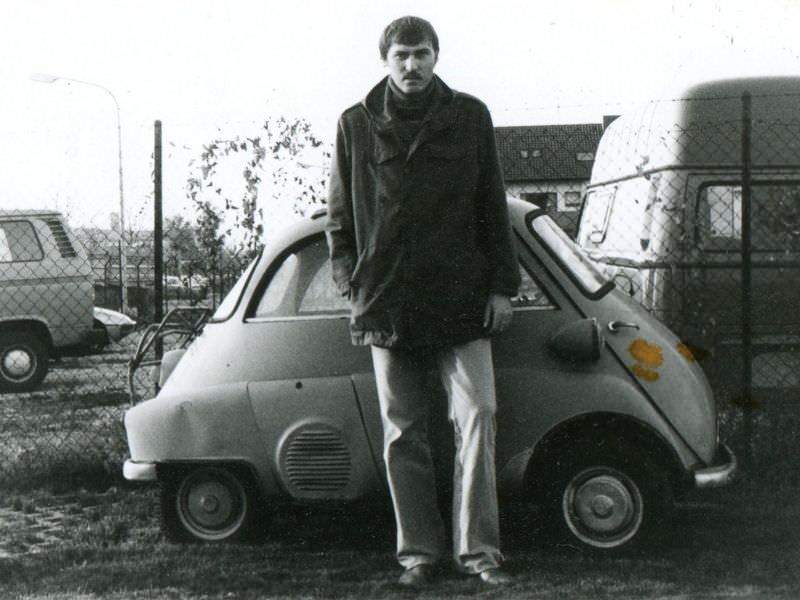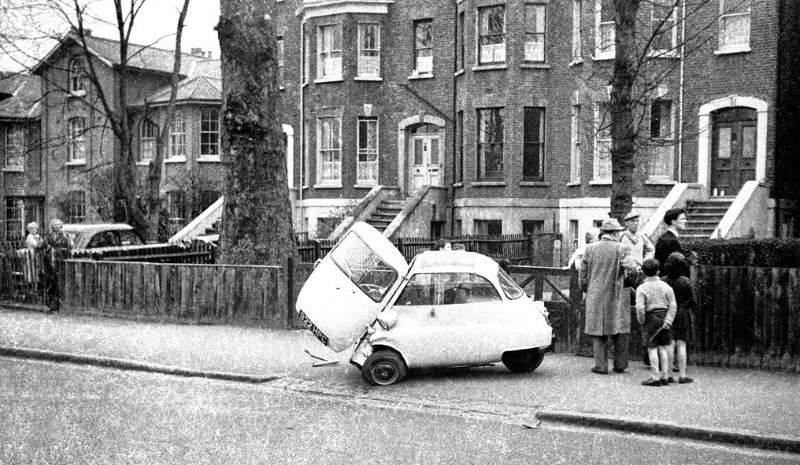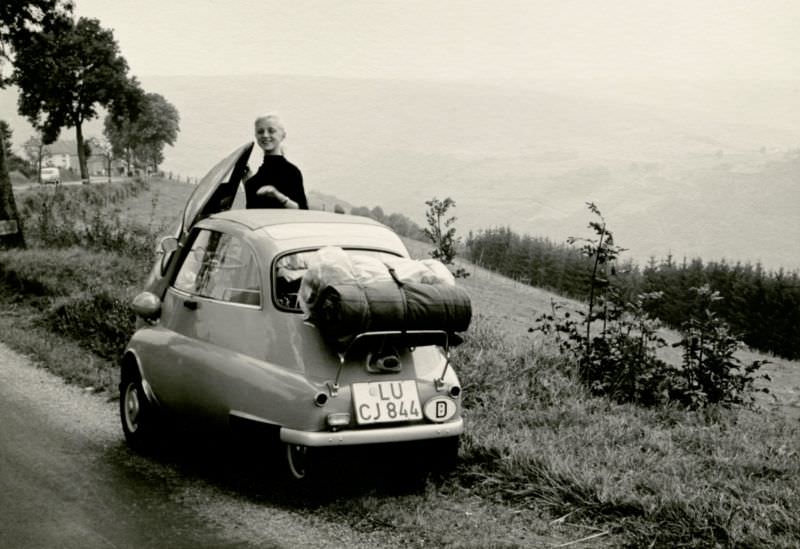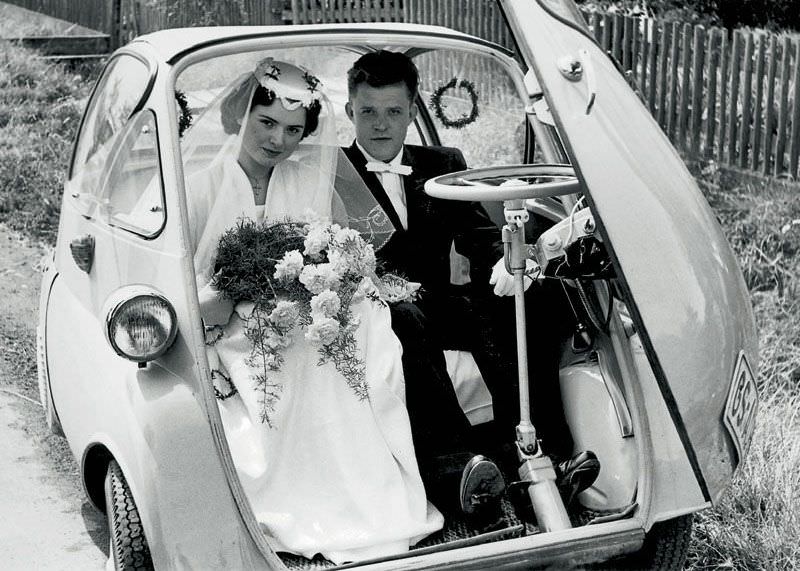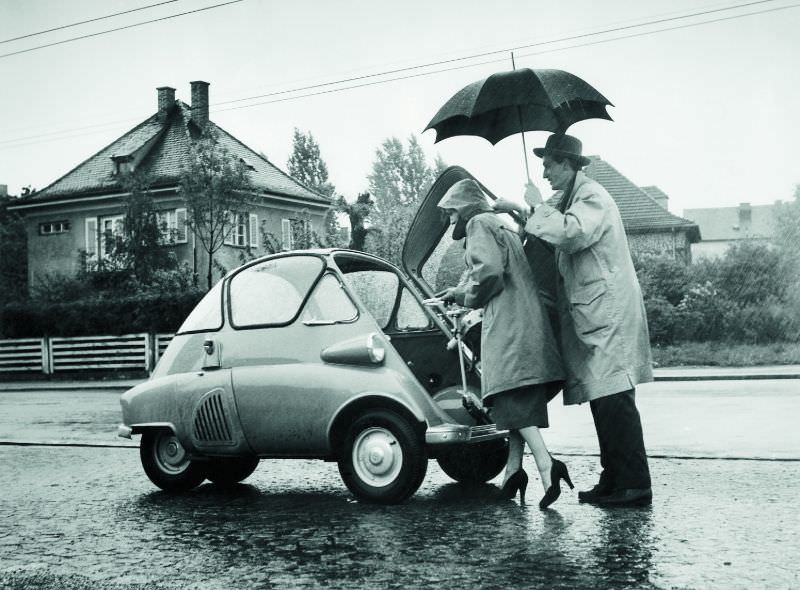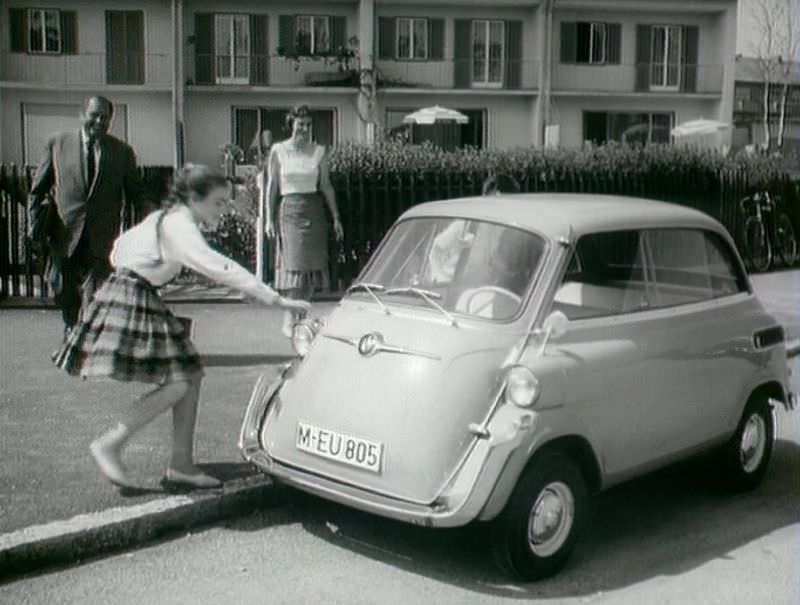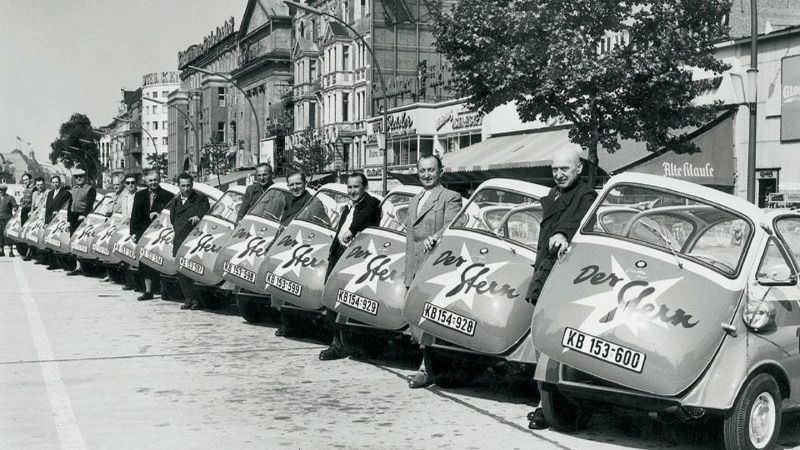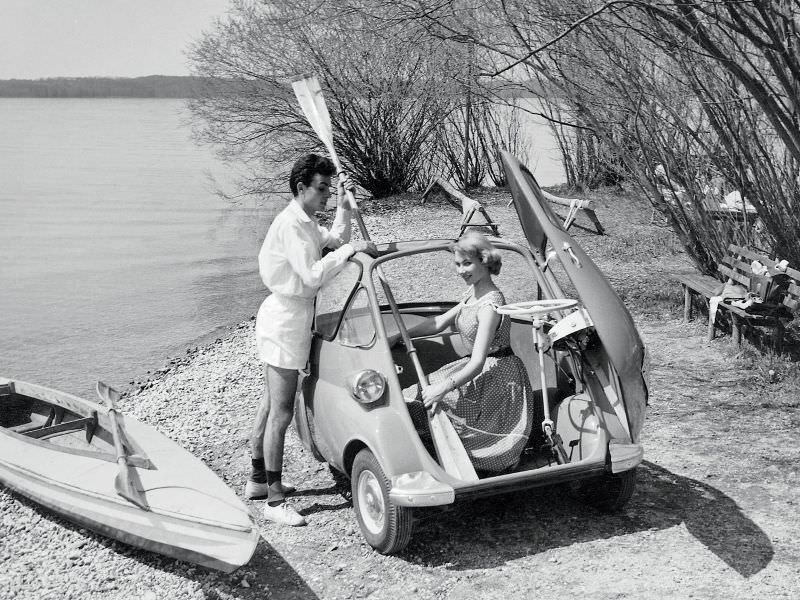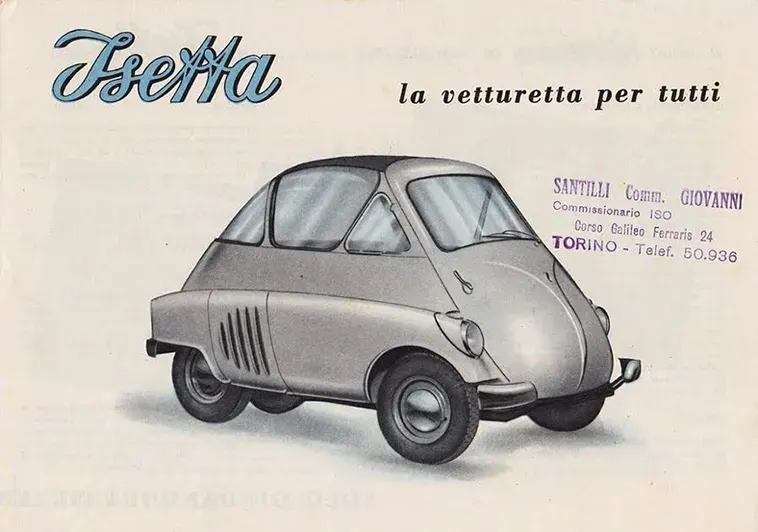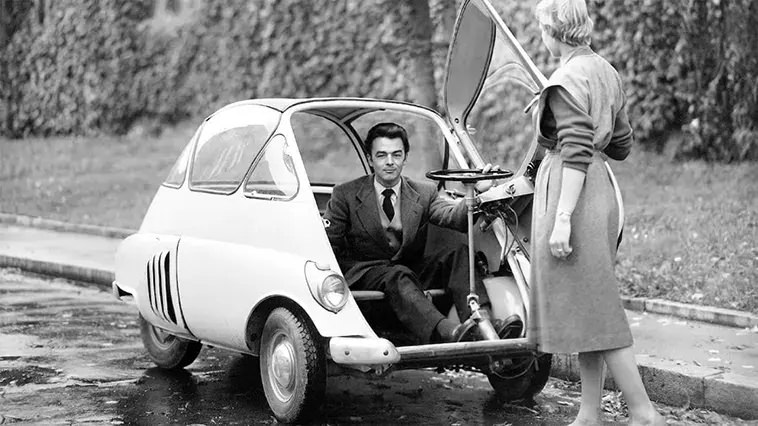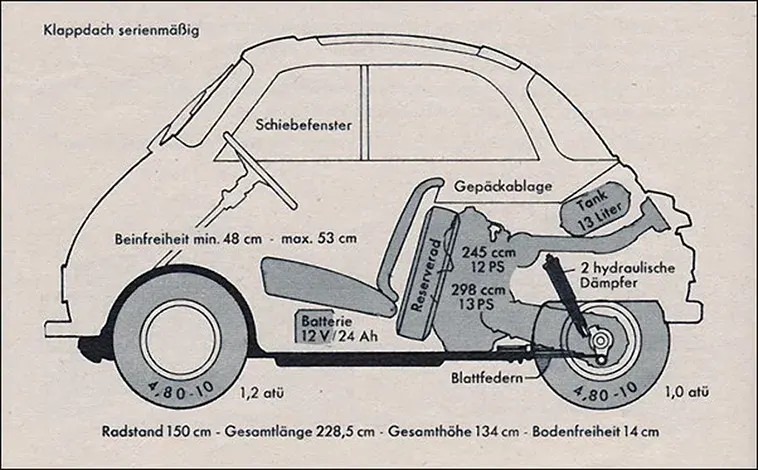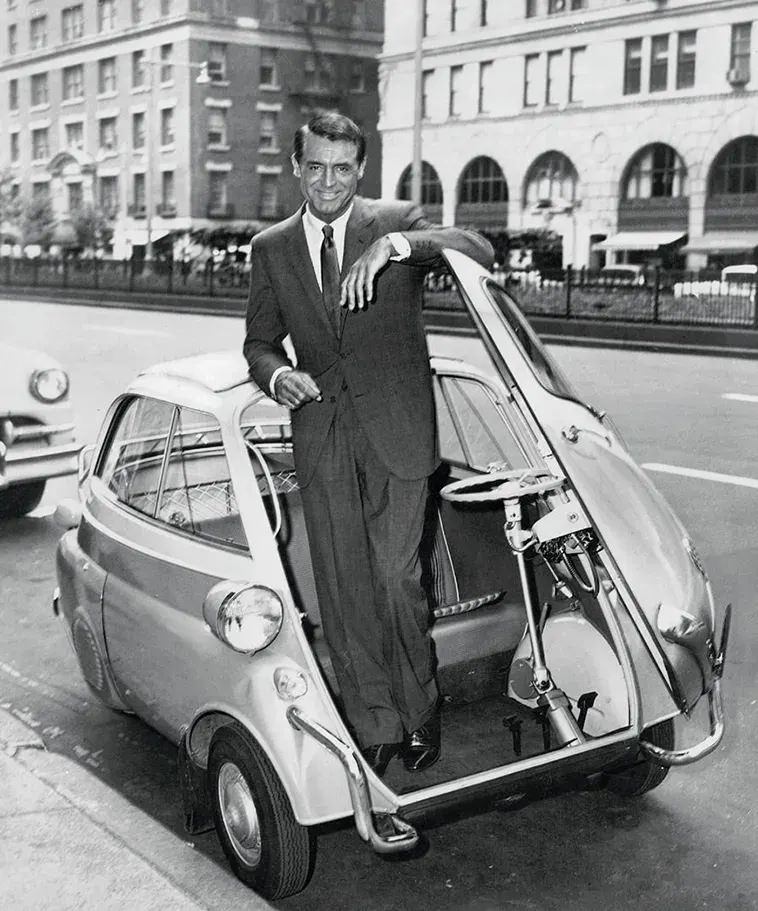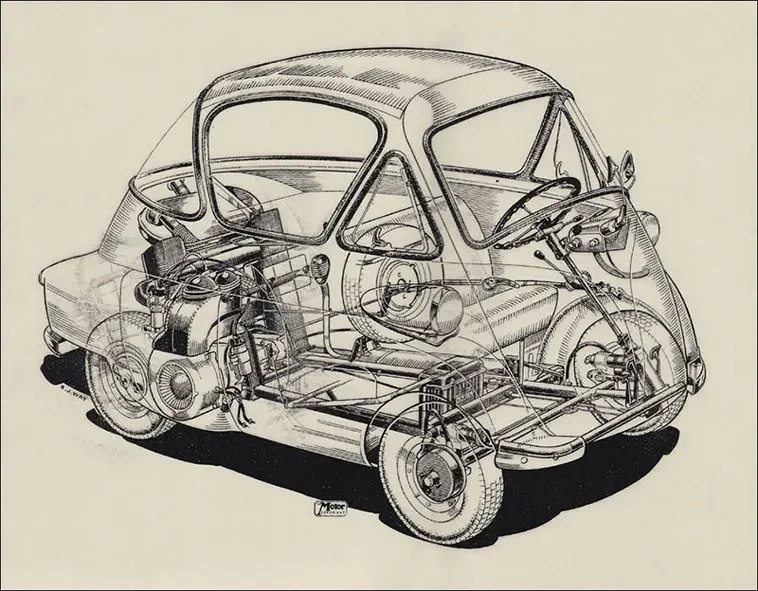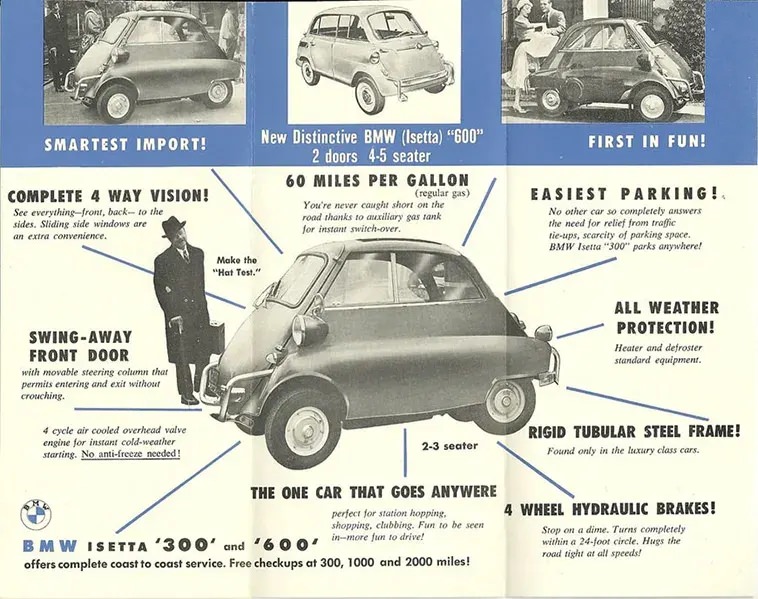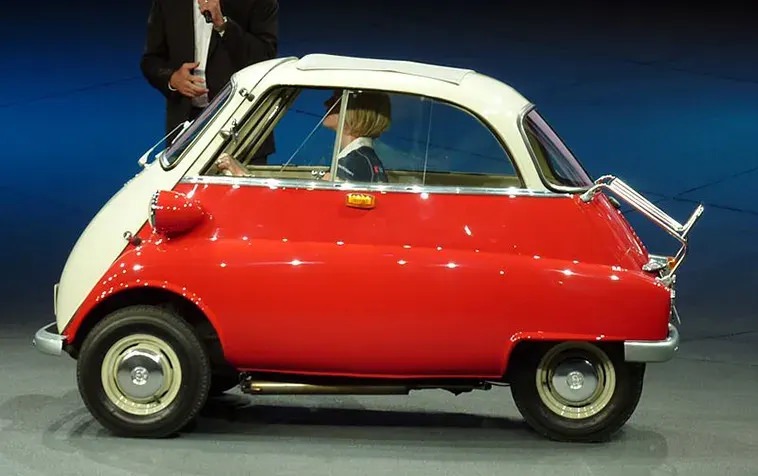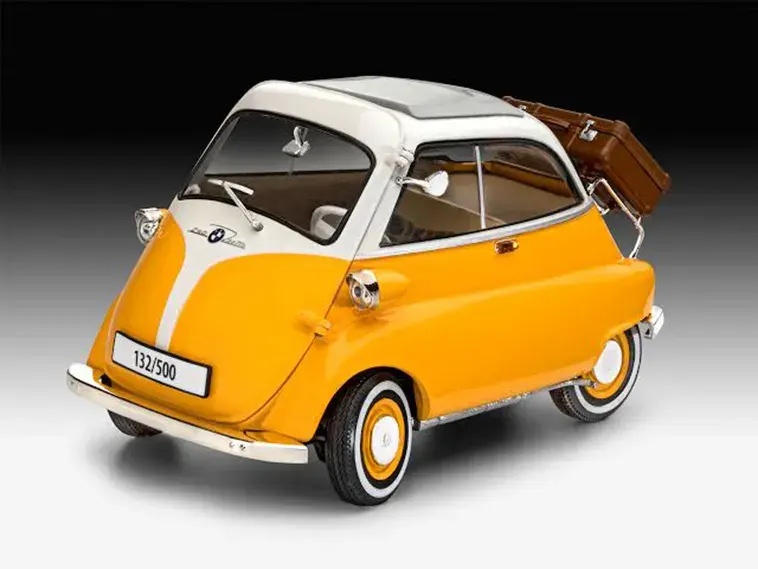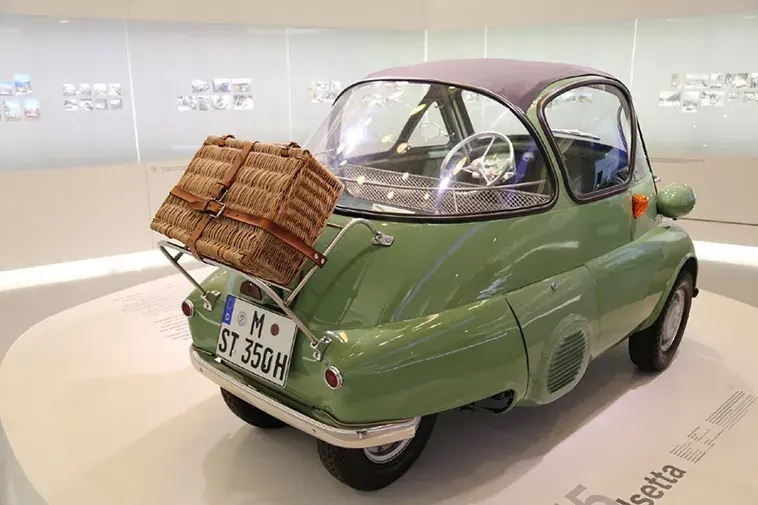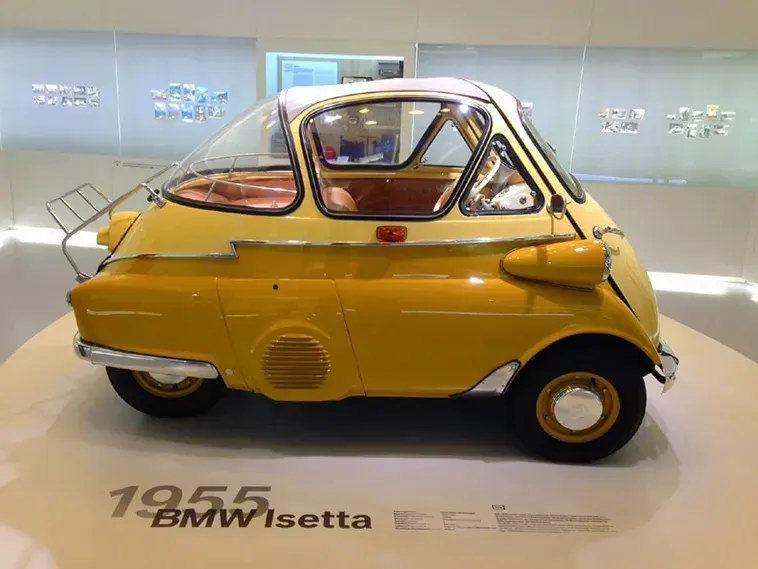The Isetta is a small, bubble-shaped car manufactured in the 1950s by the Italian company Iso SpA. The car’s unique design featured a single front-opening door that served as both the entrance and exit to the vehicle and was powered by a motorcycle engine.
Isetta was first introduced in 1953 and quickly became a sensation across Europe due to its small size, fuel efficiency and ease of use in city traffic. It was also one of the first vehicles to be marketed as a “microcar”.
Iso SpA licensed Isetta’s design and manufacturing rights to several European companies, including BMW in Germany. BMW manufactured and marketed the Isetta under its own brand, and it became one of its best-selling models at the time.
However, despite its initial success, the Isetta eventually fell out of favor with consumers, and sales began to decline. One of the main reasons for its failure was the lack of safety features. The Isetta had no crash protection, and its single front-opening door made it difficult to escape in case of an accident. Additionally, the car’s small size made it less suitable for long-distance travel and families.
Another reason was the arrival of more advanced and safer microcars and compact cars on the market, such as the Mini Cooper and the Volkswagen Beetle, which offered more space and better performance than the Isetta.
Production of the Isetta ended in the late 1950s, and the car is now considered a collector’s item. Despite its failure as a practical vehicle, the Isetta is still remembered for its unique design and place in automotive history as one of the first microcars.


